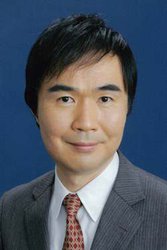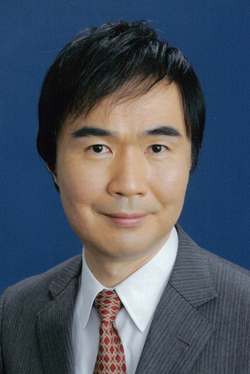
April 3, 2018
By: Michael Feldman
Japan’s foremost supercomputing authority, Satoshi Matsuoka, has become the new director of the RIKEN Center for Computational Science (R-CCS), the organization that oversees the K computer and its upcoming exascale successor, the Post-K supercomputer.
 Up until Matsuoka’s appointment, R-CCS was known as the Advanced Institute for Computational Science (AICS). On April 1, the new name went into effect, coinciding with Matsuoka stepping into his role as director. AICS was formerly headed by Kimihiko Hirao.
Up until Matsuoka’s appointment, R-CCS was known as the Advanced Institute for Computational Science (AICS). On April 1, the new name went into effect, coinciding with Matsuoka stepping into his role as director. AICS was formerly headed by Kimihiko Hirao.
As a professor at the Tokyo Institute of Technology’s Global Scientific Information and Computing Center (GSIC), Matsuoka became the tech lead for the TSUBAME supercomputer series, some of the most powerful and energy-efficient supercomputers ever developed. Most of TSUBAME machines relied on GPU acceleration, a technology enthusiastically championed by Matsuoka.
In that sense, the move to R-CCS will be a departure of sorts for Matsuoka. The K computer is running Fujitsu SPARC64 VIIIfx CPUs, while the future Post-K machine will be powered by Fujitsu ARM processors using the new Scalable Vector Extension (SVE) technology.
Given the disparities in architectures between those two, one of the big challenges for R-CCS will be transitioning K computer users to the Post-K supercomputer and its SVE technology. This will involve a great deal of effort from the various software research teams at R-CCS, which are charged with developing system software, tools, middleware libraries, and application kernels for center users.
The other big challenge for the center is a result of what has happened in the supercomputing application space since the deployment of the K computer in 2011, namely the emergence of advanced analytics and artificial intelligence as mainstream HPC applications. Both those areas have been a focus for Matsuoka for several years, so one would expect them to get a good deal of attention as the Post-K development rolls out. It will be interesting to see how R-CCS develops its analytics/AI technology strategy going forward, especially considering the lack of GPUs or other AI accelerators in the Post-K supercomputer.
In Matsuoka’s initial Director’s Message, he says the Post-K project is “proceeding smoothly and with the goal being full-scale operation from around 2020.” Assuming that is not a typo, that timeframe is more optimistic than the last time we heard from RIKEN, when the organization indicated it was slipping its original deployment date from 2020 to 2021-2022. If RIKEN and Fujitsu have managed to pull in the timeframe, that indeed would be good news for Japan’s exascale prospects.
